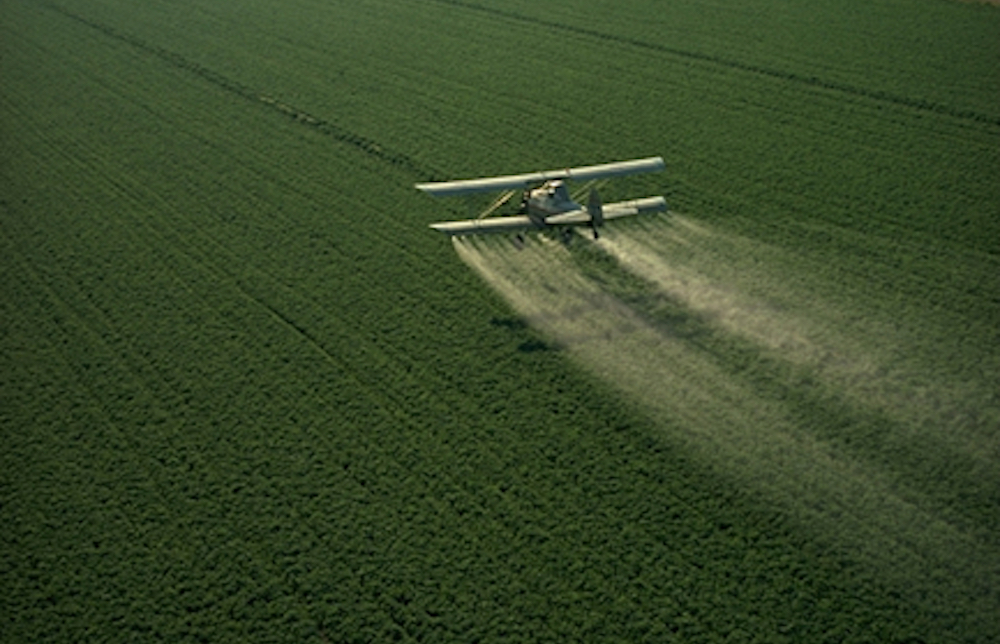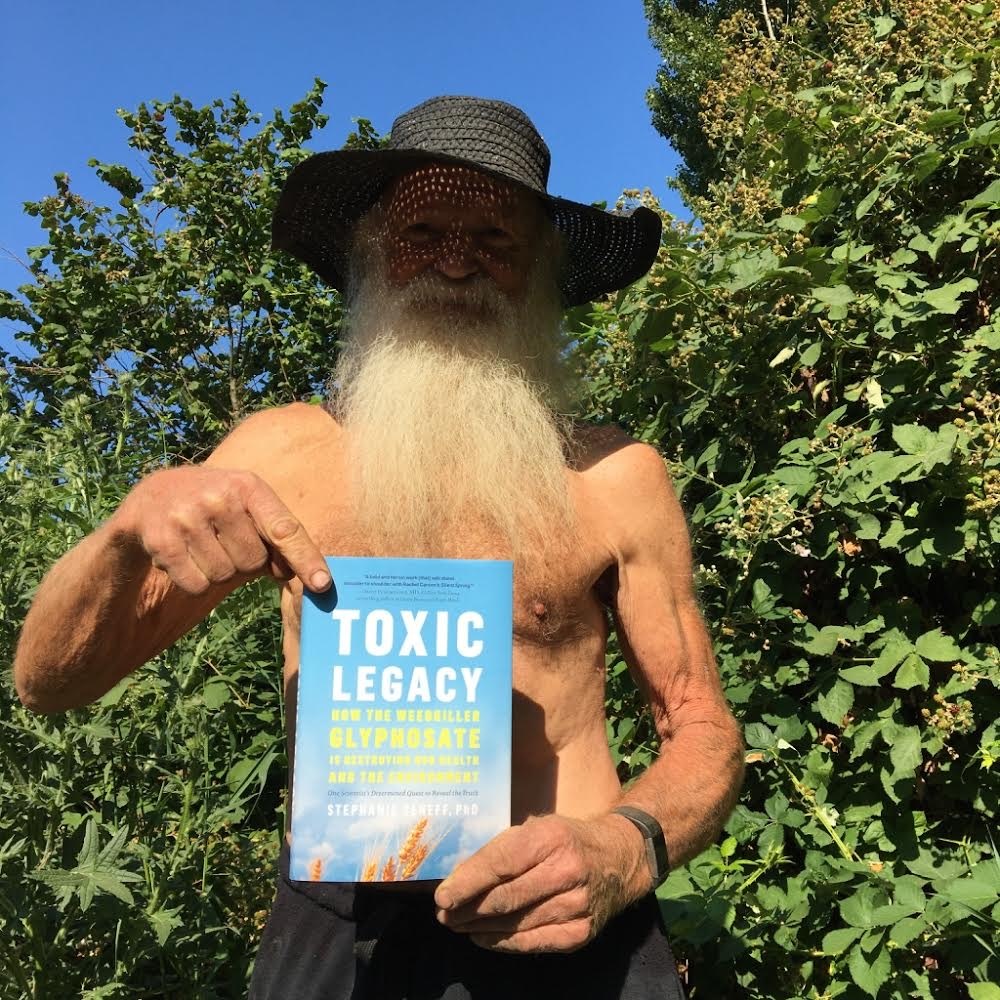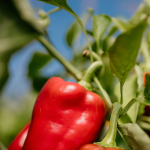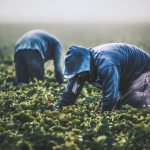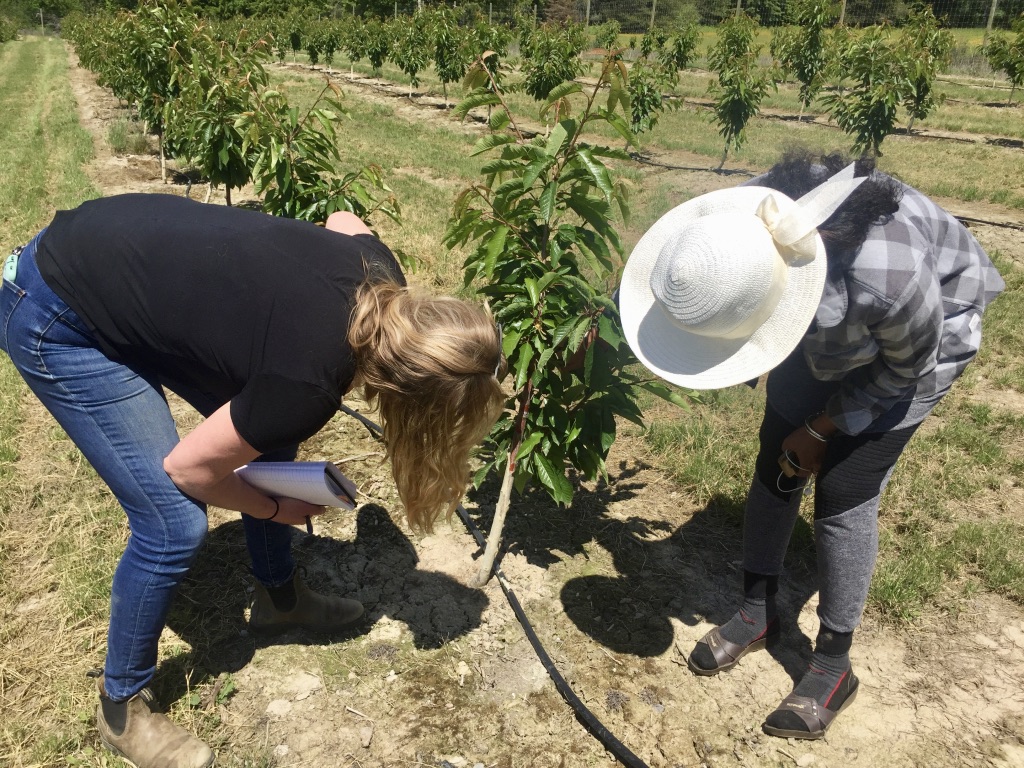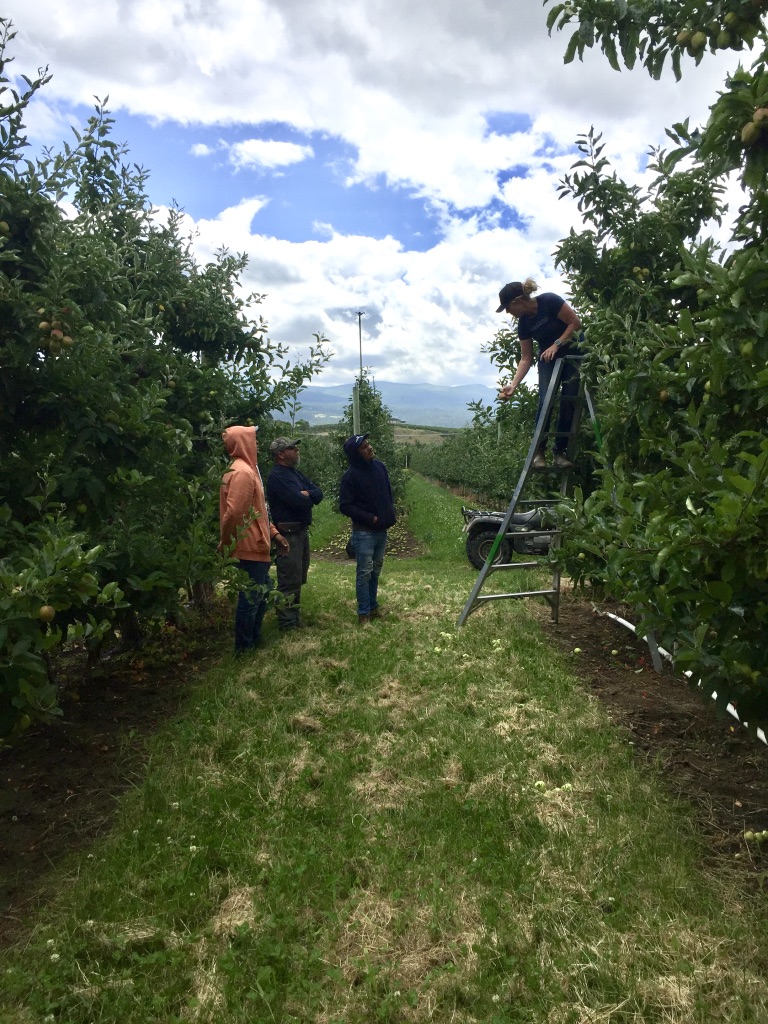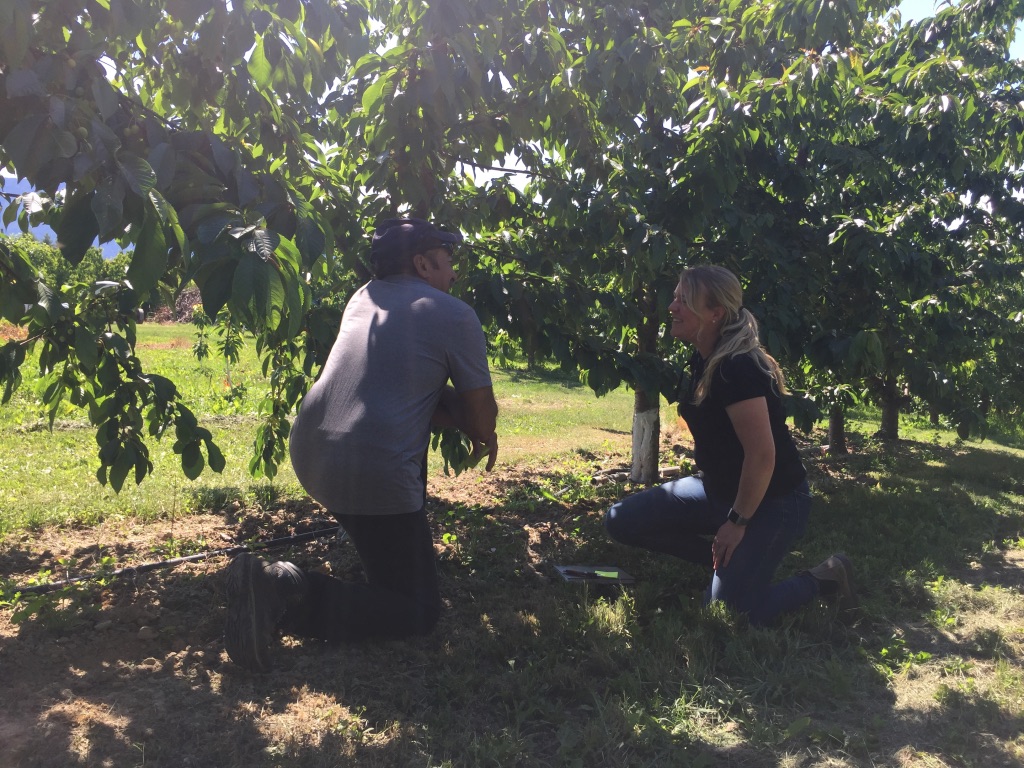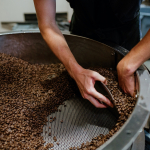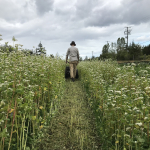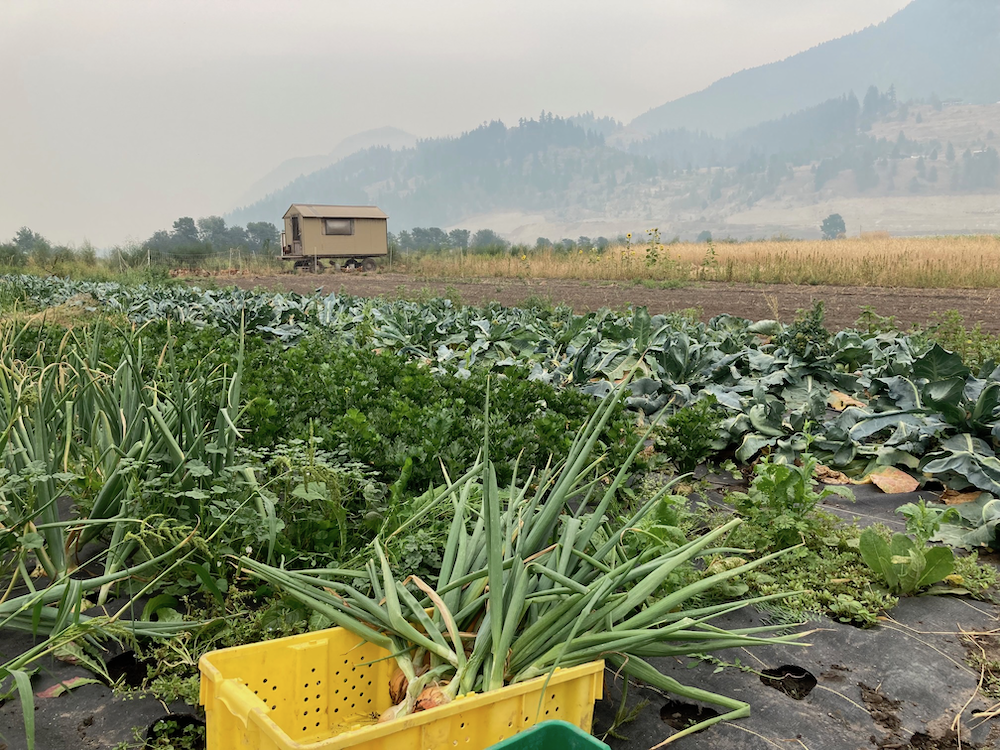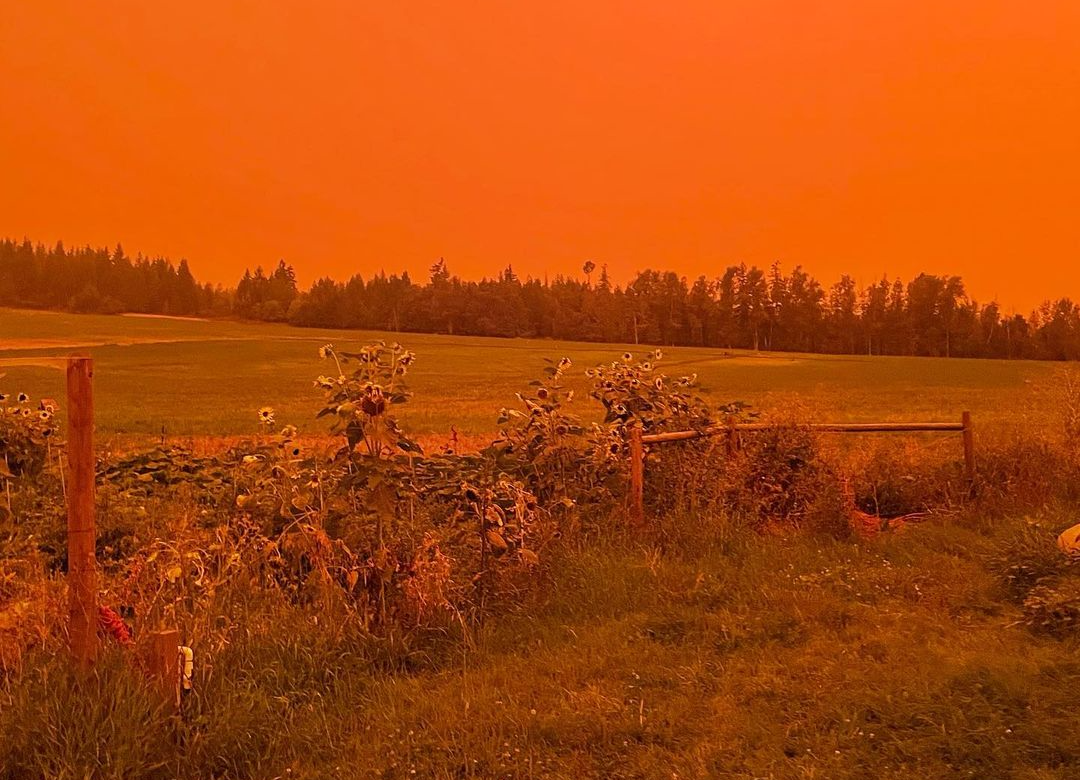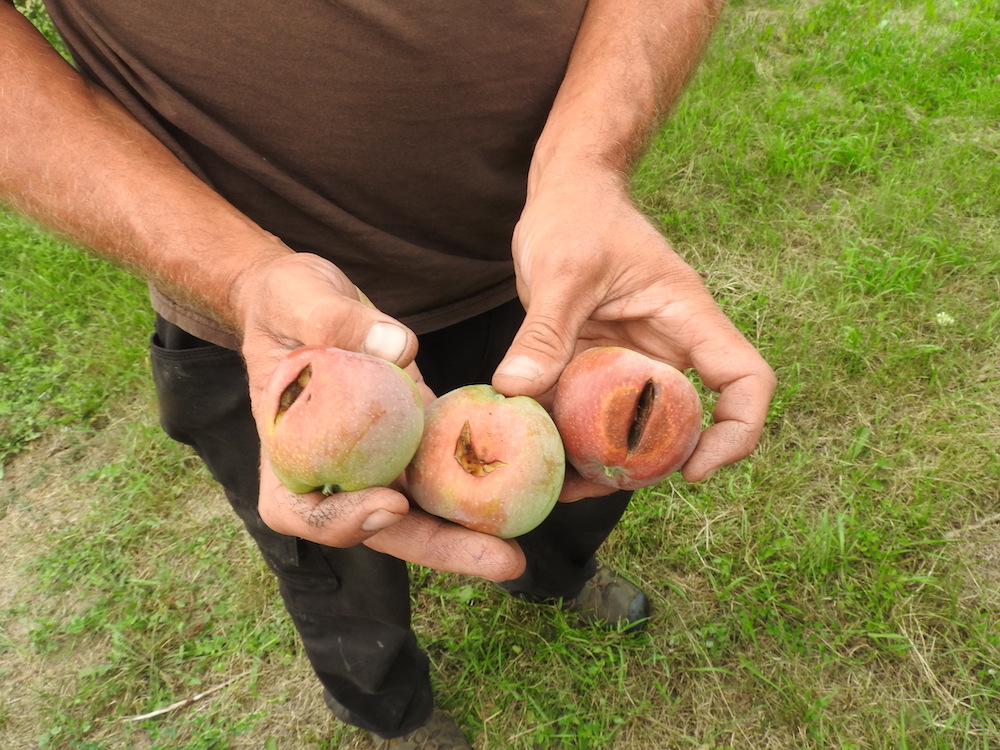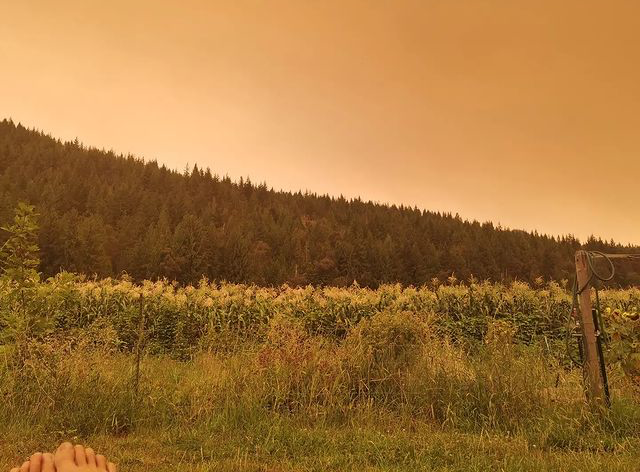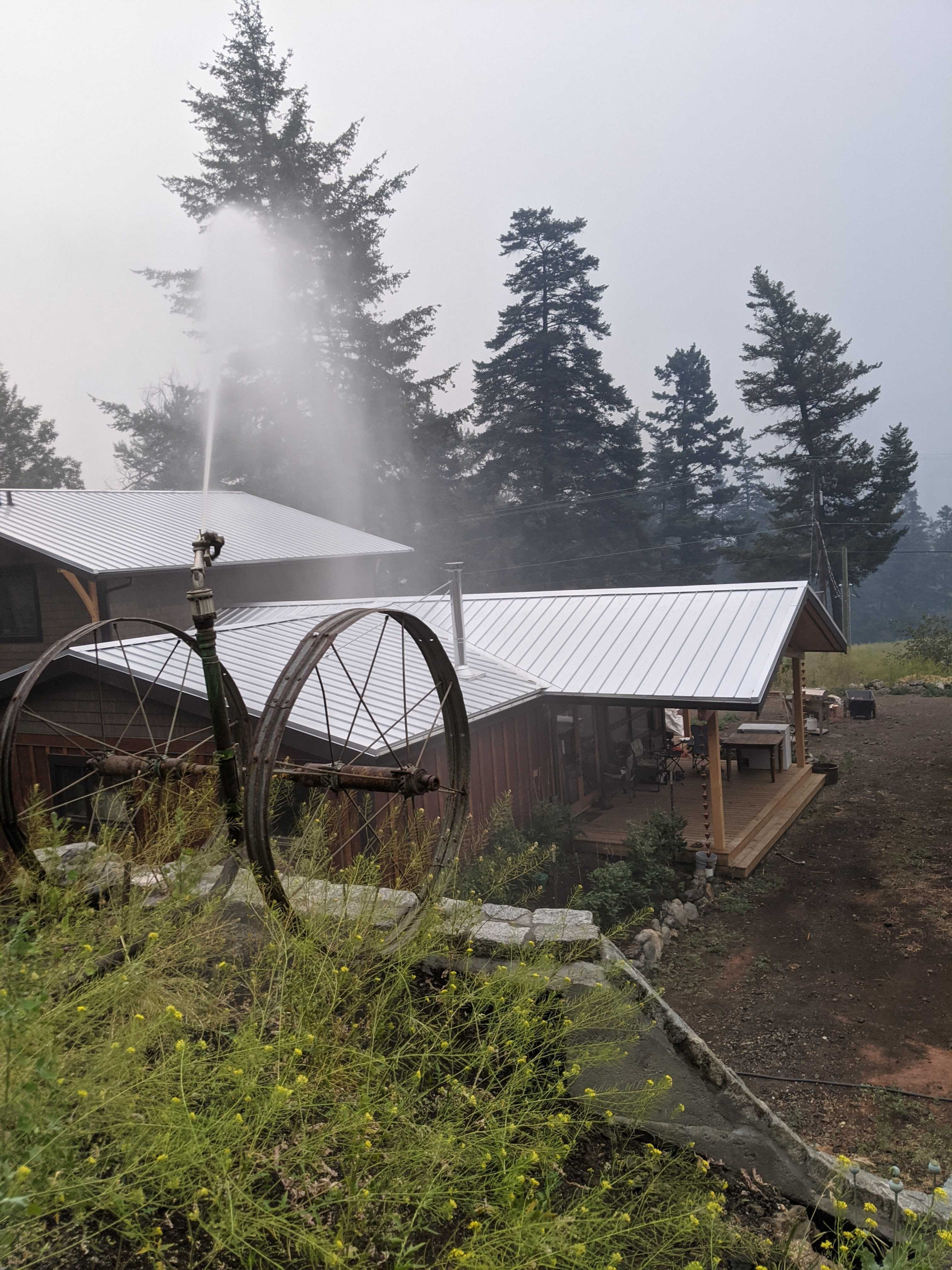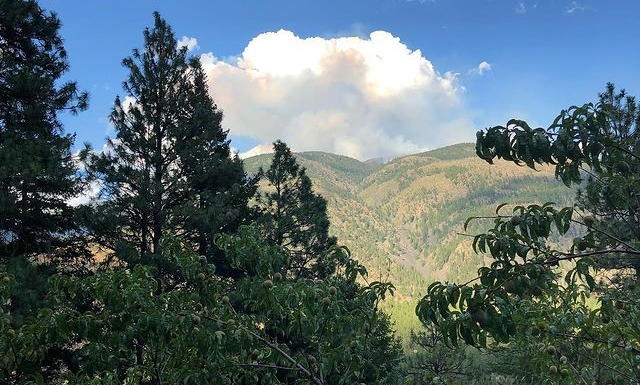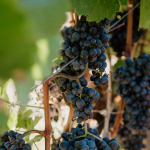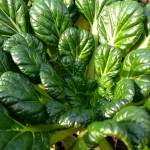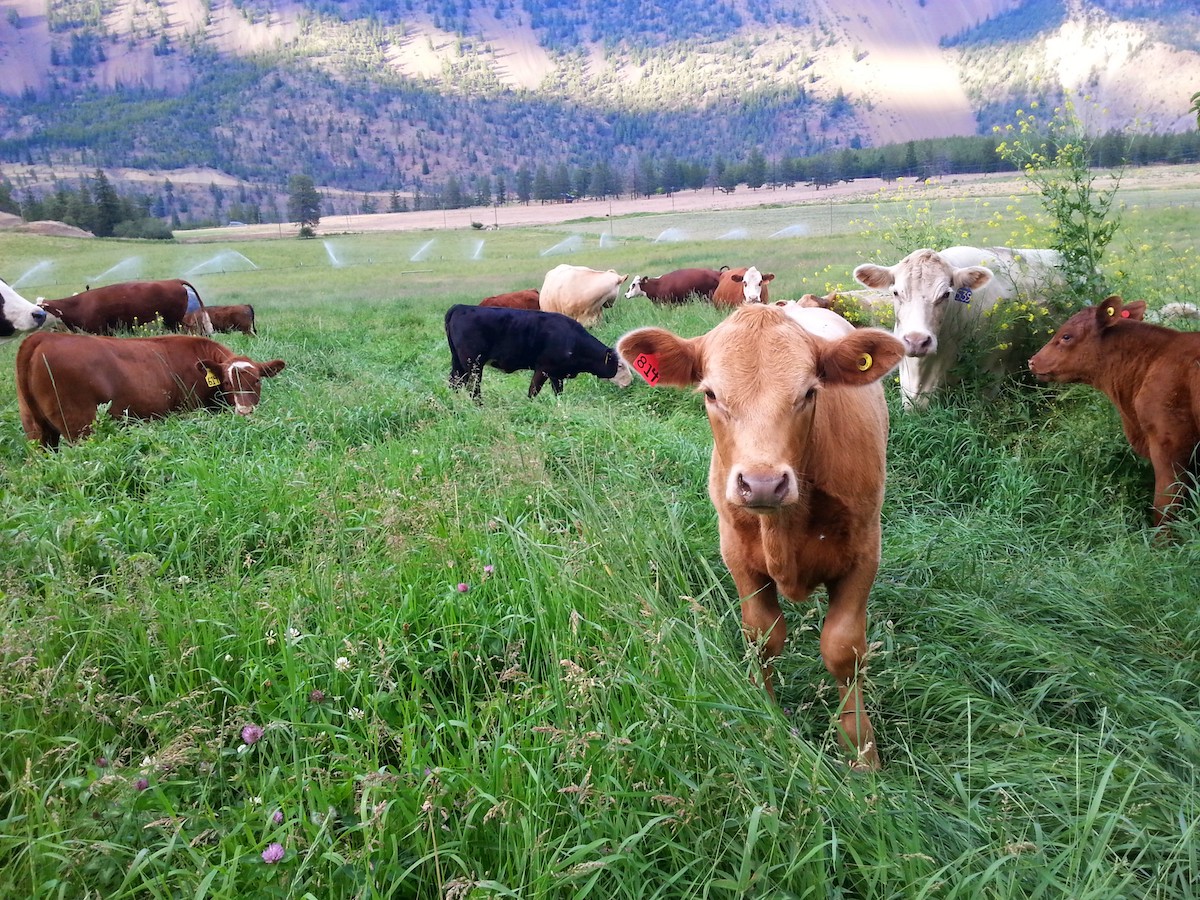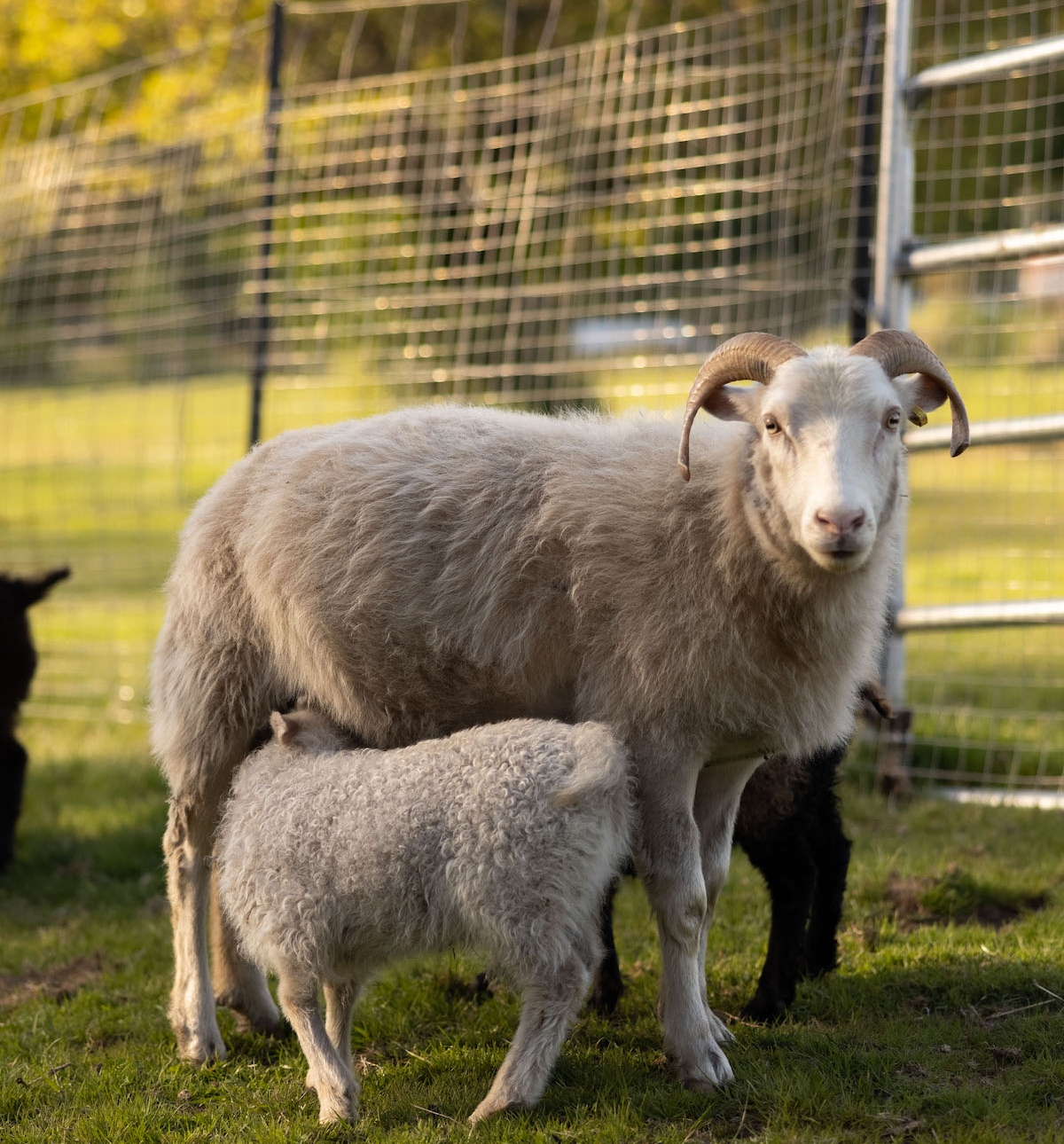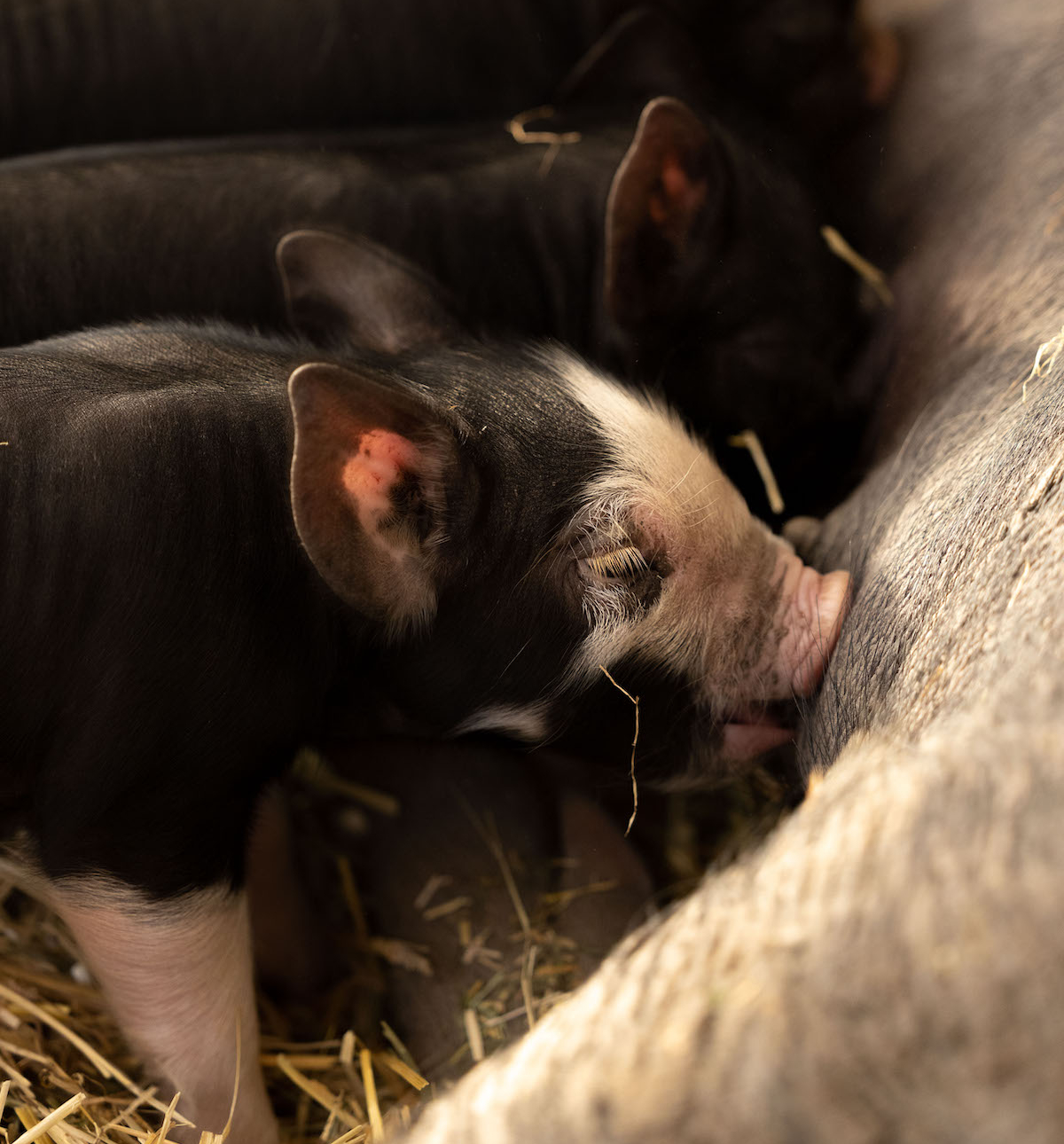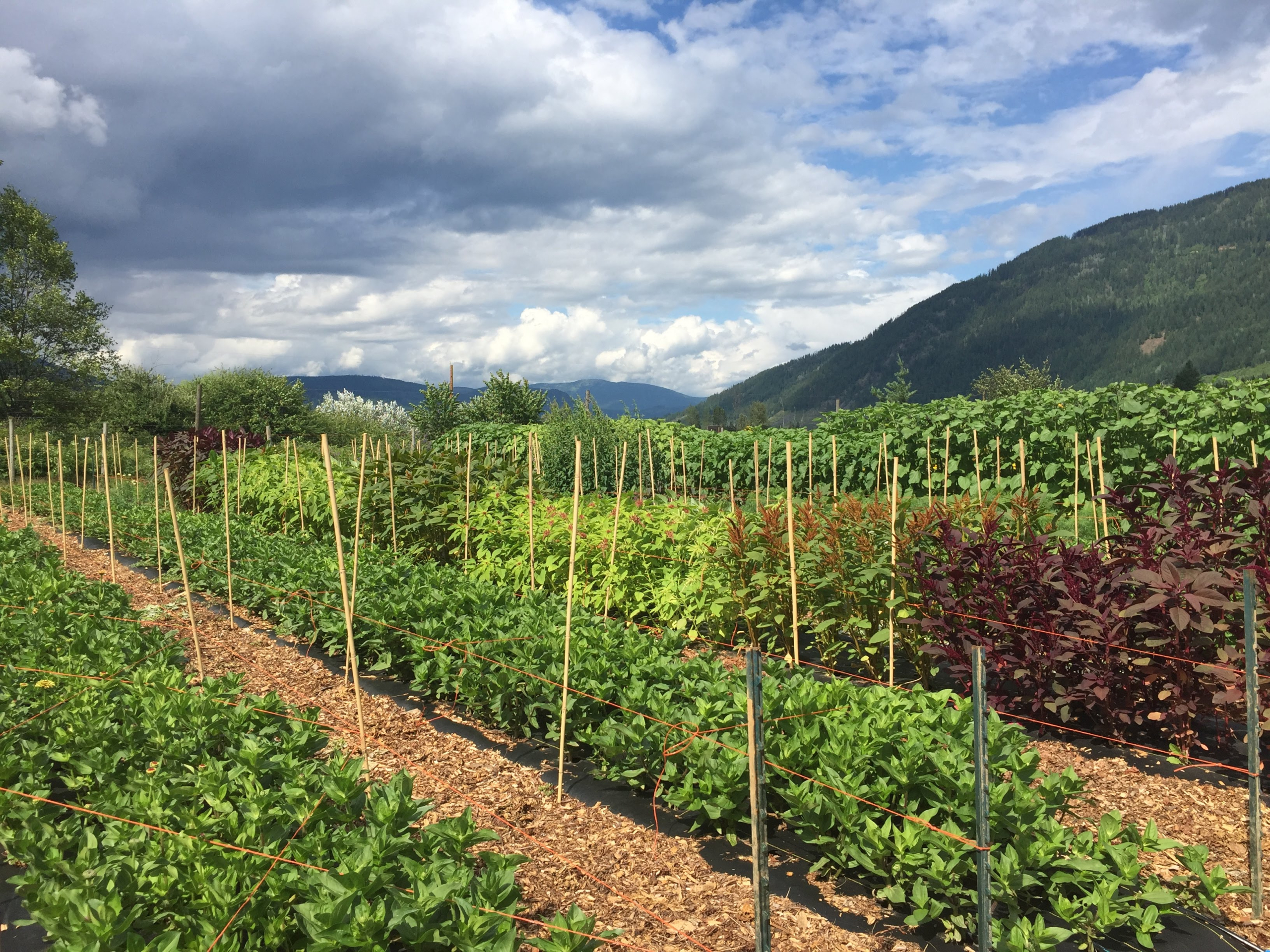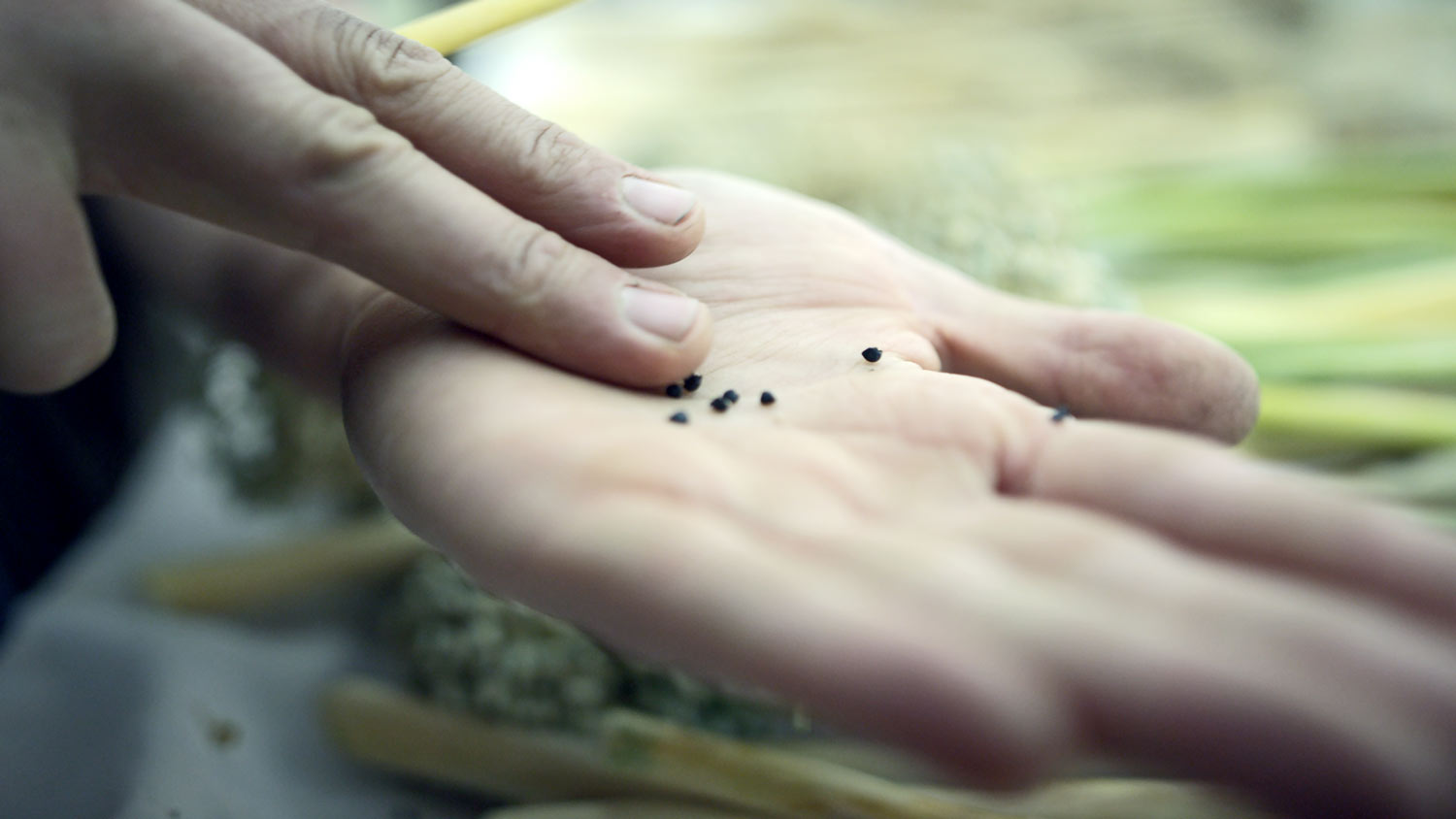Footnotes from the Field: Food Security and BC Food Supply Chains
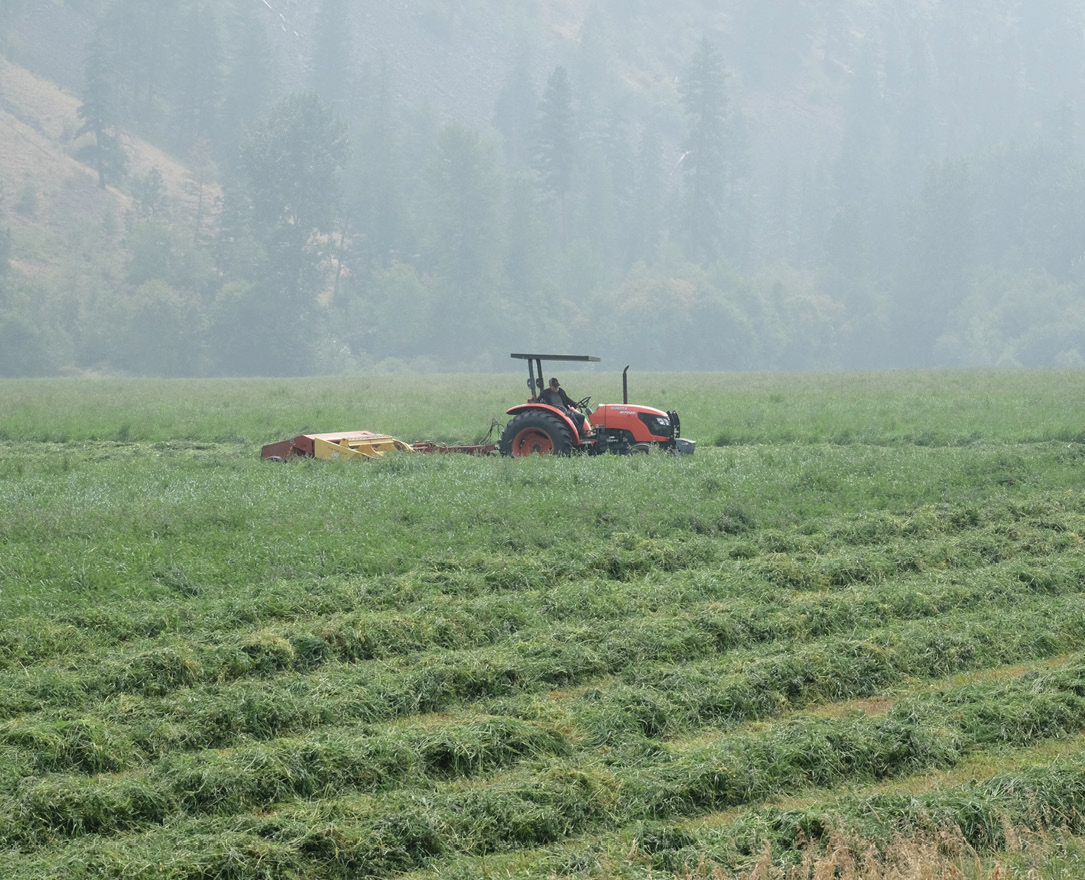
A Retrospective
By Marjorie Harris
[Editor’s note: This article contains important discussions on the history of supply chains in BC. Colonization and the disruption of Indigenous ways of life is a part of that history. This article includes references to colonization and genocide. Readers wanting to learn more about Indigenous food sovereignty may find helpful resources here]
The supernatural beauty of British Columbia’s mountain vistas is an awe-inspiring sight to see. These mountain ranges also present extreme engineering challenges when building transportation routes through often treacherous terrains.
The Centralized Food Supply Chain System
November’s torrential rains tested and temporarily broke the main transportation routes in BC’s centralized food processing and distribution system. The heavy rains caused extensive flooding, multiple mudslides, and road and rail washouts throughout the province, suddenly cutting essential modern food supply chains to many communities for the first time.
Regional resources could not fill the local grocery shelves, which were depleted of essential food items such as dairy and eggs within 24 hours. Livestock feed wasn’t much better off, with feed suppliers implementing rationing immediately to stretch out low supplies. With transportation routes broken to the BC Interior, dairy farmers had to dump thousands of litres of milk until alternate routes opened to Alberta. Routes to deliver dairy to BC’s centralized processing facilities will likely not re-open for a few months. This is one example of how easily the centralized food system model can be broken in both directions for raw processing and finished goods. Transportation in the centralized food supply chain has proven to be the weakest link for BC’s food security.
Regionally-Based Supply Chains
In BC’s short farming history there was a brief Golden Age of regionally-based food supply chains that provided local semi-self-sufficiency for supplies of dairy, meat, eggs, fruit, vegetables, and livestock feeds. These regional food systems were ushered in by the mandate of the early Farmers’ Institutes to “improve conditions of rural life so that settlement may be permanent and prosperous.” While examining the history of supply chains, it’s important here to acknowledge the colonial mentality inherent in this quote, as the establishing of these regional supply chains disrupted the existing foodsheds and trade routes of Indigenous peoples.
Government agriculture initiatives partnered with Farmers’ Institutes to support the formation of farmers co-operatives for regional food systems infrastructures that included cold storage, packing houses, slaughter facilities, feedlots, dairy processors, cheese plants, granaries, and other facilities that were required. The regional food systems functioned successfully from the mid-1950’s well into the ‘80s and ‘90s.
Since that time, there has been a push toward globalization and centralization of the food supply chains. The shift toward centralization was promoted by marketing boards, quota systems, trade agreements, and multinational corporation market consolidations. The effect of centralization of the food supply chains has radically eroded or completely displaced regional food systems.
In the centralized food system model, everything becomes transported to and from a central hub for processing and storage facilities. These facilities are often located at long distance from farm producers and then the local end consumers. A break in the transportation link affects food going in both directions, both to and from the central hub, making it the most vulnerable link in the supply chain.
BC’s Historical Transportation Routes
The arrangement of BC’s mountain ranges has naturally created regionally distinct bio geoclimatic zones throughout the province. All of these biodiversity zones share one thing in common: they are all separated by, and hemmed-in by, mountains, forests, summits of ice, sheer cliffs, and steep valley descents. Since ancient times Indigenous food supply chains depended on essential food stuffs being transported over difficult mountain routes. The Ooligan (Eulachon) Grease Trail ran all the way from the Pacific Northwest coast to as far as Montana, providing highly concentrated Omega-3 essential fish oils and Vitamin A to the people of the plains.
It is though trade routes such as the Grease Trail that smallpox arrived in BC in the 1770’s, decimating the Indigenous populations up to 90 percent. Captain Vancouver arrived on the west coast in 1792. He noted that there were large abandoned cities scattered with human bone located at present day Seattle, Vancouver, and Union Bay on Vancouver Island. The following year in 1793, Alexander Mackenzie completed the east to west overland journey to the Pacific Ocean by following the Nuxalk-Carrier Grease Trail to Bella Coola. The Hudson Bay Company fur traders used the grease trails, which became the fur brigade trails to Kamloops by 1811, paving the way for settlements along the main travel routes of the fur trade. BC had the first cattle ranches—with beef cattle probably arriving in 1846—when the Hudson’s Bay supplied small herds of beef and dairy cattle to be kept at Fort Kamloops, Fort Alexandria, Fort Victoria, and Fort Langley.
By 1858 gold had been discovered on the Fraser River and Gold Rush miners followed. Within two months of the miners’ arrival, the first cattle drive commenced in Oregon Territory, crossing over at Osoyoos and ending at Fort Alexander. Ken Mathers, historian and poet, tells the story of O’Keefe Ranch being established in 1867. “Back then, it was poised along the ancient Brigade Trail that ran up the west side of Okanagan Lake. The Fraser Canyon was impassable.” The Brigade Trail was a 1,290-kilometre trek: “the trail went all the way up to Barkerville, which sat in the heart of the Cariboo goldfields.”
During these early ranching days of the 1870’s, several severe winters and lack of storing up feed caused cattle starvation and prompted the formation of the Cattle Ranges Act of 1876, establishing the first Grazing Commons to ensure regional livestock feed.
November 7, 1885. The last spike was hammered in, completing the Canadian Pacific Railway (CPR) track to the west coast. Other railways were built on Vancouver Island and throughout the province. The Kettle Valley Railway (KVR) took six years to build, being completed in 1916. It served southern BC and the Okanagan for 40 years with 330 miles of track going through high mountain passes, traversing deep canyons and churning rivers. The rail line was said to be “always in repair or being rescued from natural disasters like snowdrifts, avalanches, landslides, and forest fires,” and in its time was described as “the most difficult and expensive of all railway projects in Canada.”
Minister of Agriculture, Food, and Fisheries Lana Popham proclaimed November 30, 2018, as BC Farmers’ Institute Day, to recognize 120 years of service since the founding of the first Farmers Institute in the Alberni valley in 1898. Recognition was given to the “role the 50 Farmers’ Institutes play in the province’s agricultural industry and celebrate the longstanding history of the institutes in regions all over British Columbia.”
Between modernization, technological revolutions, and growing populations after the second world war, the regional food supply chain infrastructures established by the Farmers’ Institutes and farmer cooperatives strengthened the local community economic bases and production was able to support both local and export markets.
Today, Farmers’ Markets represent the last bastions of a regional food production system outside of the global and centralized marketing structure in most regions. The transportation link in the centralized food supply chain has proven to be the weakest link for BC’s food security. Reinvigorating the Farmers’ Institutes as a meeting place for food producers to discuss and revision BC’s food supply chain toward a greater balance between centralized and regional food security infrastructures is of paramount importance to ensure regional food security systems in a province whose transportation routes always have been, and always will be, like the KVR railway, “in need of repair or being rescued from natural disasters like snowdrifts, avalanches, landslides, and forest fires.” An apt description of BC’s transportation infrastructure in 2021!
Some things don’t change, like BC’s notorious terrain and the need for food security infrastructure in each biodiversity region of our province—and some things do. We are now truly in the thick of climate change, which demands further change, and a return to regionally resilient supply chains as well as Indigenous stewardship of these lands.
Marjorie Harris, IOIA VO and concerned organophyte.
Feature image: Tilling on a hazy day. Credit: Michael Marrapese.


